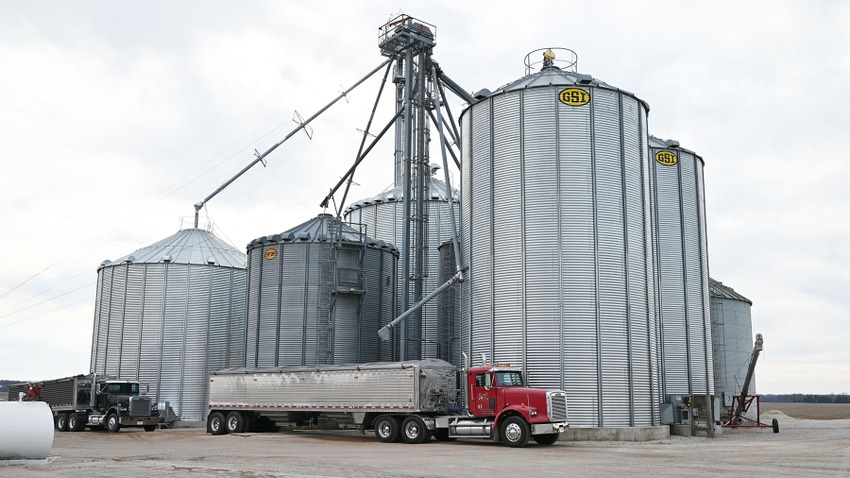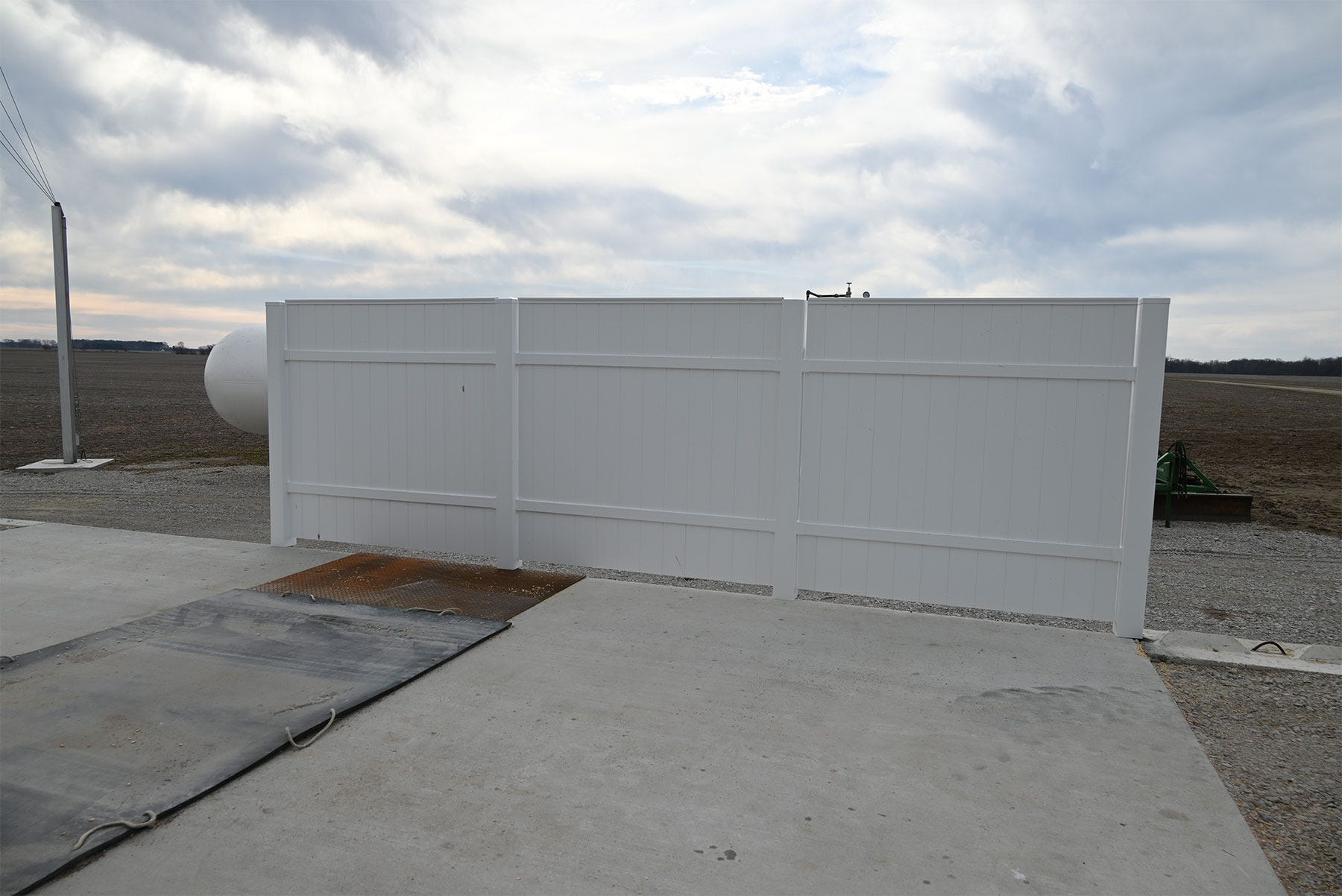March 7, 2024

Improving grain storage and drying capabilities is not a small project, and it is sure to come with some unforeseen challenges. Knowing what to expect before that happens can take some of the uncertainty out of upgrading your grain bin setup.
Brian Scott, Delphi, Ind., added on to his grain center last year. His build consisted of constructing two 40,000-bushel storage bins, adding a larger dryer, building a larger wet bin and adding a new grain leg. He also bought an 18,000-gallon bulk propane tank.
Scott had been wanting to make this upgrade for a few years. “We added a lot of things to make our life easier,” he adds.
Unexpected addition
While Scott initially planned improvements that would make his operation run more smoothly, there were some additions he didn’t anticipate. One was a transformer that added $30,000 to his total bill.
“The utility company made us add a transformer, so we had to work with them and make sure they understood our timeline so we could power everything up,” Scott says.
A nice surprise was how quickly the bulk propane tank he purchased started paying for itself. He had planned on an eight- to 10-year return on investment, but last year’s wet fall boosted the tank’s use and made up for a third of its price in one season.
What to do differently
While Scott is enjoying the improvements, the only change he’d like to see is to his dumping system.
“We kind of have a curving ramp coming off of the dump at the moment,” he explains. “We just need to make it longer and straighter so it’s a little easier to get trucks on and off there. If we added bins on, it would have to be extended anyway.”
Scott notes other additions farmers may want to consider:
stairs on bins instead of just ladders
power sweeps in all bins
attachments for adding automatic aeration controllers later
small building to keep control panels under roof
Making those additions further added to the efficiencies that came with improving the grain storage setup, according to Scott. When planning, he made sure to consider changes that would prove useful beyond the next few growing seasons.
“Don’t build what you need now,” he explains. “Build what you think you need 10 years from now. Try to do it once. It’s probably going to cost more later than it does today, anyway.”

LATER ADDITION: After moving the dump area in his new grain bin setup, Brian Scott, Delphi, Ind., had to deal with winds that were blocked by the bins before. He added a little wall after the build to cut back on some of the wind.
Another way to save
Scott has a recommendation for saving even more money when building now. He applied for and received a USDA Rural Energy for America Program grant that covered a significant portion of their dryer. “It was a ton of work, but it was well worth it,” he says.
He says they worked with Energy Improvement Matters in Indianapolis to navigate the grant application process, and he suggests other producers do the same if interested in a grant.
“We got them all the info they needed to write the grant, and they’re pros at that,” Scott says. “They get a cut of it if you win, but it’s more than worth it. They know exactly what to do.”
About the Author(s)
You May Also Like






